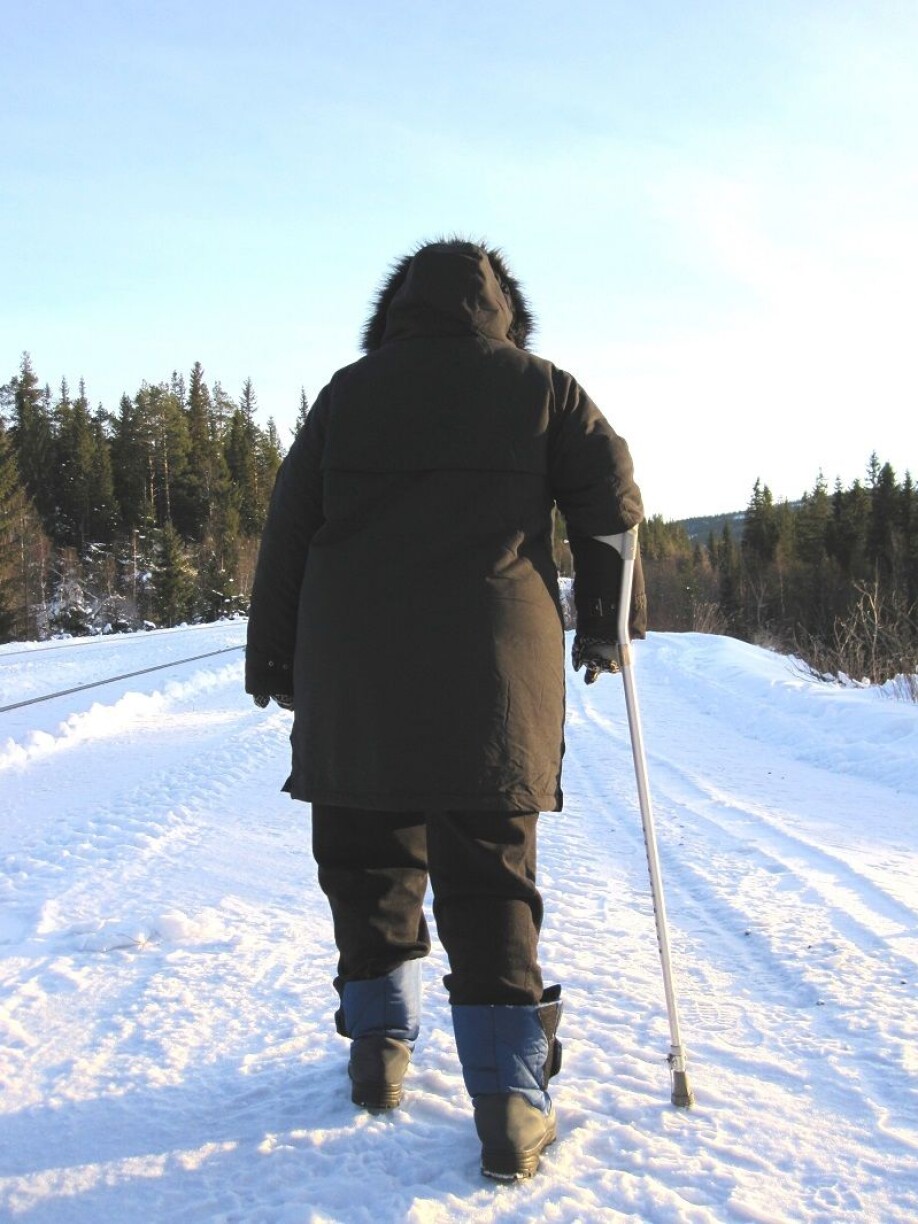This article is produced and financed by NTNU Norwegian University of Science and Technology - read more

Having several chronic health problems at the same time is common – especially among people with the fewest resources.
"When the people with the fewest resources are systematically the ones most exposed to disease and who die the earliest, we have a justice problem and we have a public health problem,” says one researcher.
People live longer than ever. The average age of the population is increasing. Yet the number of people with multiple chronic health problems, called multimorbidity, is also growing.
However, this is not evenly distributed throughout the population. People in the lower socioeconomic strata are often much more affected. And these differences are evident early on.
“Multimorbidity measured as two or more chronic health problems is very common. Our data showed that 60 per cent of the study participants had this condition before age 40, and more than 90 per cent had it by 80 years of age,” says Kristin Hestmann Vinjerui, a medical doctor at NTNU’s Faculty of Medicine and Health Sciences and affiliated with the HUNT Research Centre.
The research team looked instead at more complex measures of multimorbidity, like having three co-occurring chronic health problems affecting three separate organ systems. They also looked at those who had two health conditions along with reduced physical, mental or social functioning - so-called “vulnerability” or “frailty”.
“Complex multimorbidity is still common from a young age, and we find social differences in prevalence throughout life,” Vinjerui says.
She is one of the researchers responsible for two new articles published in the BMJ Open journal that address this issue.

Examined more than 38 000 people
Vinjerui and his research group investigated whether they could identify differences in the prevalence of several complex multimorbidity measures between social groups. The data from 38 027 people were included, of which 55 per cent were women.
These self-reported data were taken from the Trøndelag Health Study (HUNT studies) that Vinjerui is affiliated with. This health survey is the largest in Norway and completed its fourth round of data collecting in Trøndelag county in the autumn of 2019.
“In total, 54 per cent of participants had more than three health conditions affecting three different organ systems and 39 per cent had two health problems along with reduced physical, mental or social functioning,” says Vinjerui.
The social differences vary with age and between genders, but were present from 30-year-olds to 75-year-olds and up, for all types of multimorbidity. The majority of multimorbid participants were younger than 65, that is, still of working age.
Big differences at a young age
In the category of three health conditions in three separate organs, the differences in prevalence between low and high status 30-year-olds ranged up to 19 percentage points for women and 10 percentage points for men.
The differences subsequently decrease with age, because few people stay as healthy as in their 30s all their lives, regardless of socioeconomic status.
For 55-year-olds, the differences in prevalence between social status groups were 12 and 13 percentage points for women and men, respectively. By age 75, the differences were two per cent for women and seven per cent for men.
In the category of two health problems along with impaired physical, mental or social functioning, the researchers found a similar pattern.

A public health problem
“The large number of individuals with multimorbidity and the clear inequalities between socioeconomic groups throughout adulthood make this a public health problem,” says Vinjerui. “We need to prevent social health inequalities that affect people throughout their lives.”
Multimorbidity challenges the Norwegian health care system. GPs have to adhere to a financing system that supports short patient visits and issues guidelines for individual conditions. At the same time, doctors need to cooperate with the specialist health service, which is organized by specific condition and treats each disease condition separately.
But when the patient has several disease states at one time, they need to be looked at connection with each other.
Social conditions also add to the complexity for individual patients. Vinjerui believes that people who work in the health care system need to become more aware of these health inequalities.
Job and social status
Social health inequalities are often measured between groups having different levels of education, income or occupations. In these studies, people were grouped by occupation.
In prevalence studies, where social status and health status are measured simultaneously, there is no clear causal relationship between them. But there are theories regarding how different measures of socioeconomic status and health are connected.
Occupations can have a direct effect on health, based on exposure to different physical and psychosocial work environments. Occupations often reflect a person’s level of education and income, which can affect how they understand their own health and ability to self-manage several simultaneous diseases. People’s jobs also influence whether people can afford a healthy lifestyle.
“With some exceptions, we found social health inequalities for all measures of health and social position. When the people with the fewest resources are systematically the ones most exposed to disease and who die the earliest, we have a justice problem and we have a public health problem,” says Erik R. Sund, a researcher at the HUNT research centre.
References:
Kristin Hestmann Vinjerui et.al.: Socioeconomic inequalities in the prevalence of complex multimorbidity in a Norwegian population: findings from the cross-sectional HUNT Study, BMJ Open, 2020.
Kristin Hestmann Vinjerui et.al.: Prevalence of multimorbidity with frailty and associations with socioeconomic position in an adult population: findings from the cross-sectional HUNT Study in Norway, BMJ Open, 2020.


































